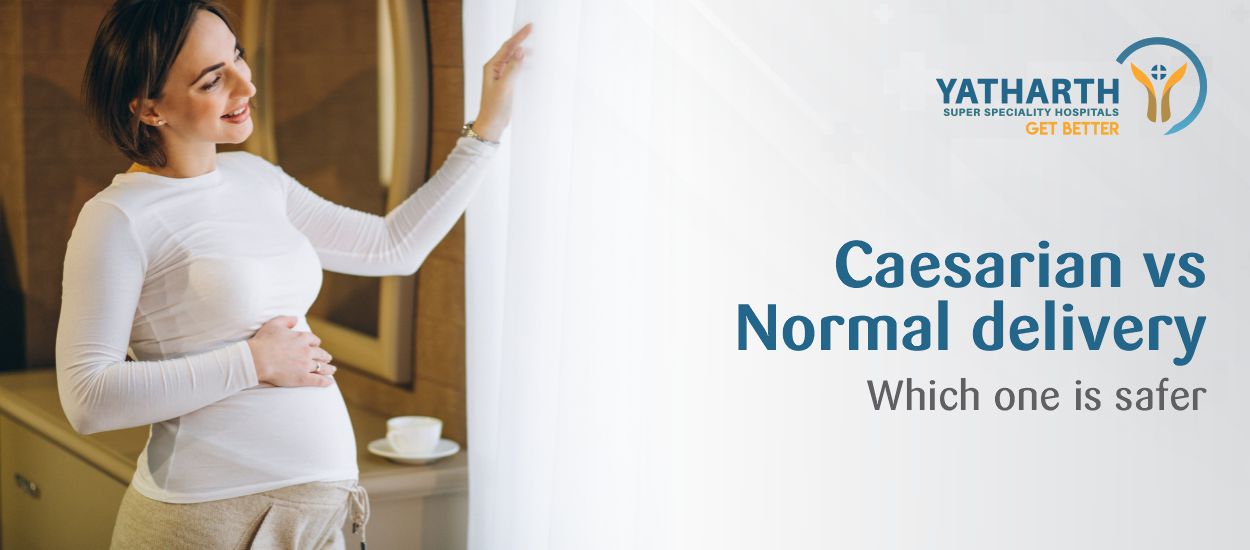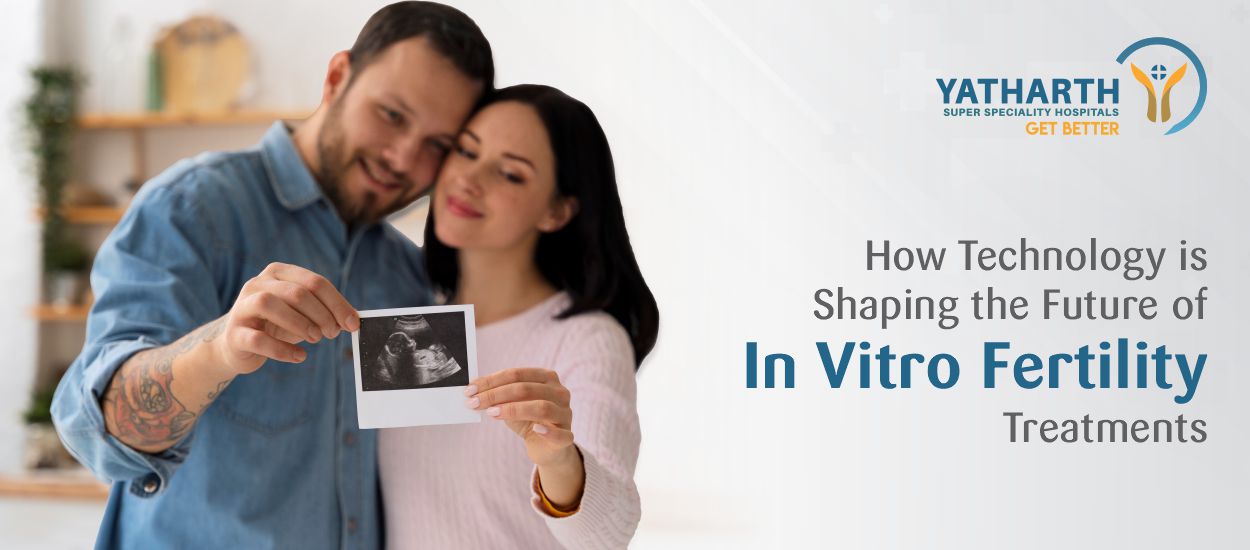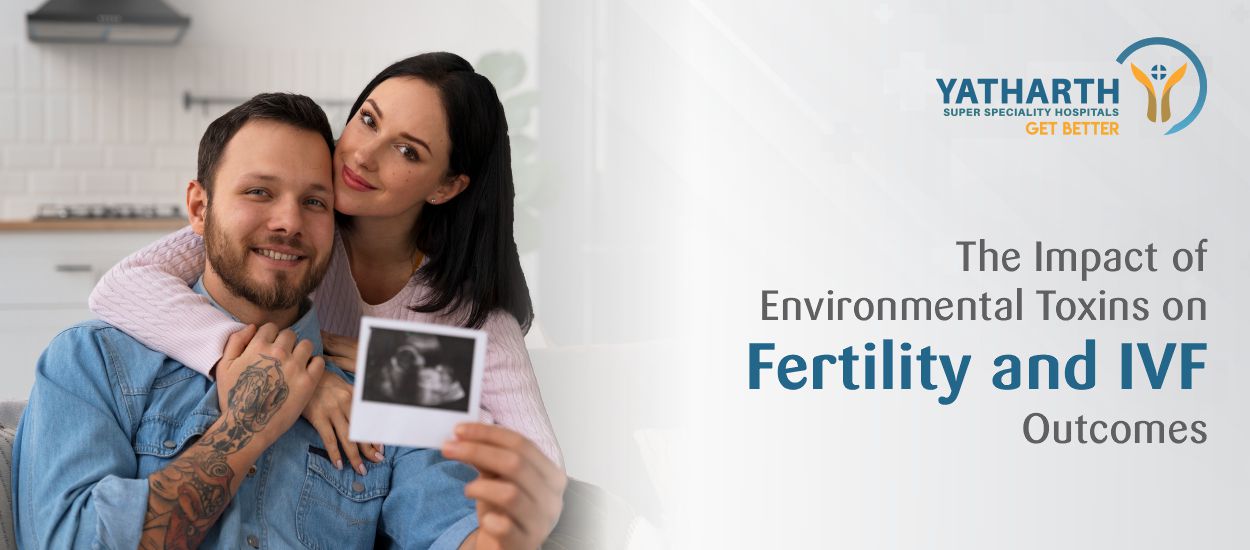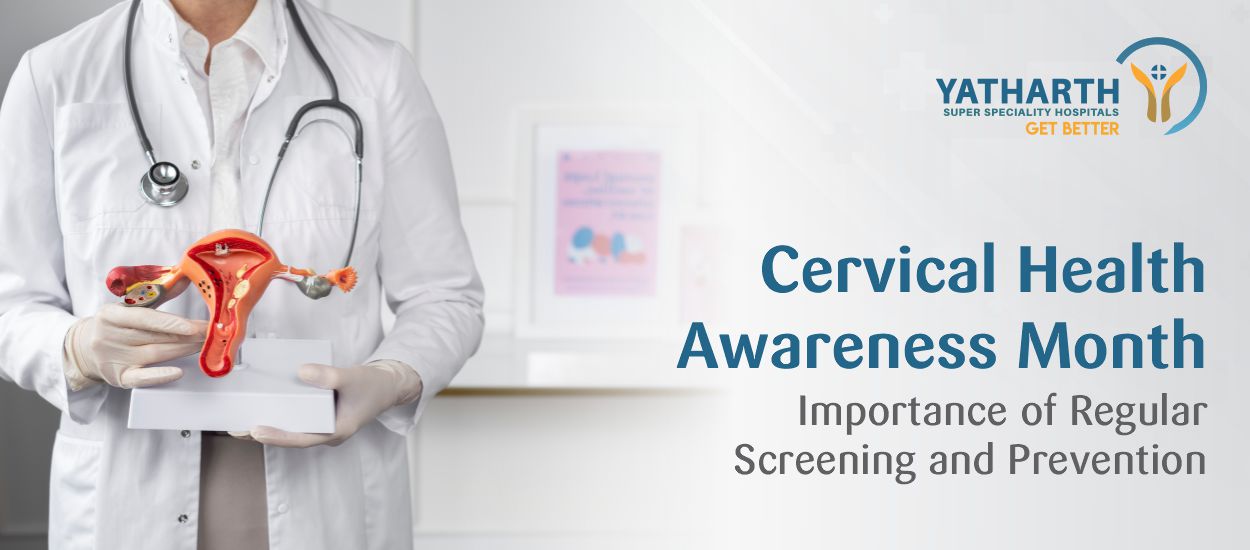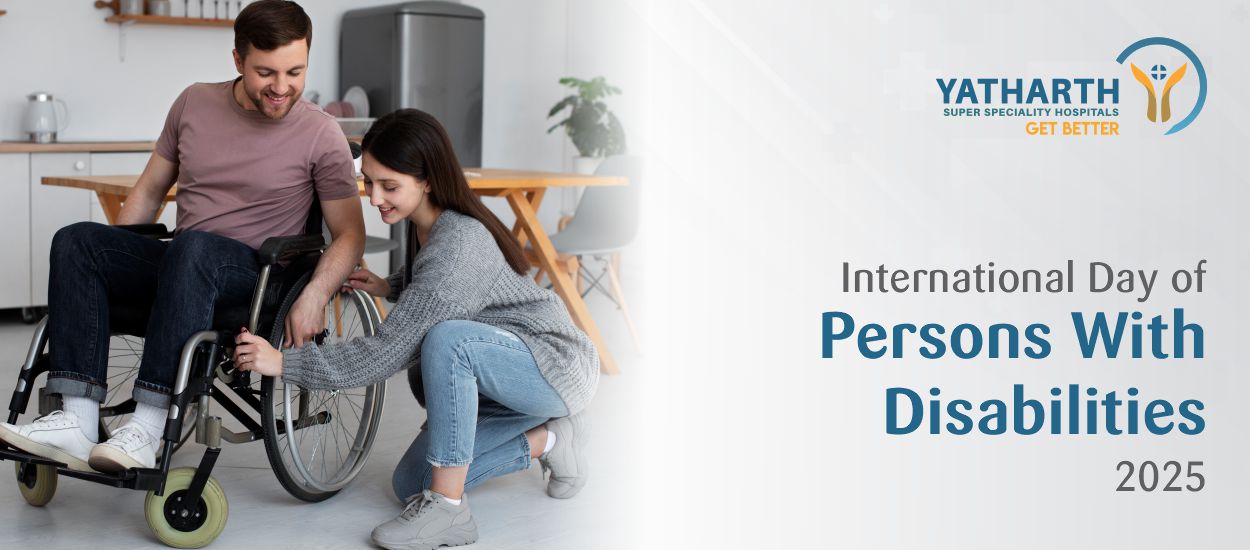In the field of reproductive medicine, In Vitro Fertilization (IVF) has emerged as a groundbreaking solution for couples facing fertility challenges. IVF is a process that involves combining an egg and sperm outside the body to create an embryo, which is then implanted into the uterus. This blog aims to demystify IVF, providing a clear understanding of the procedure, its preparation, the treatment cycle, potential challenges, and the journey that follows.
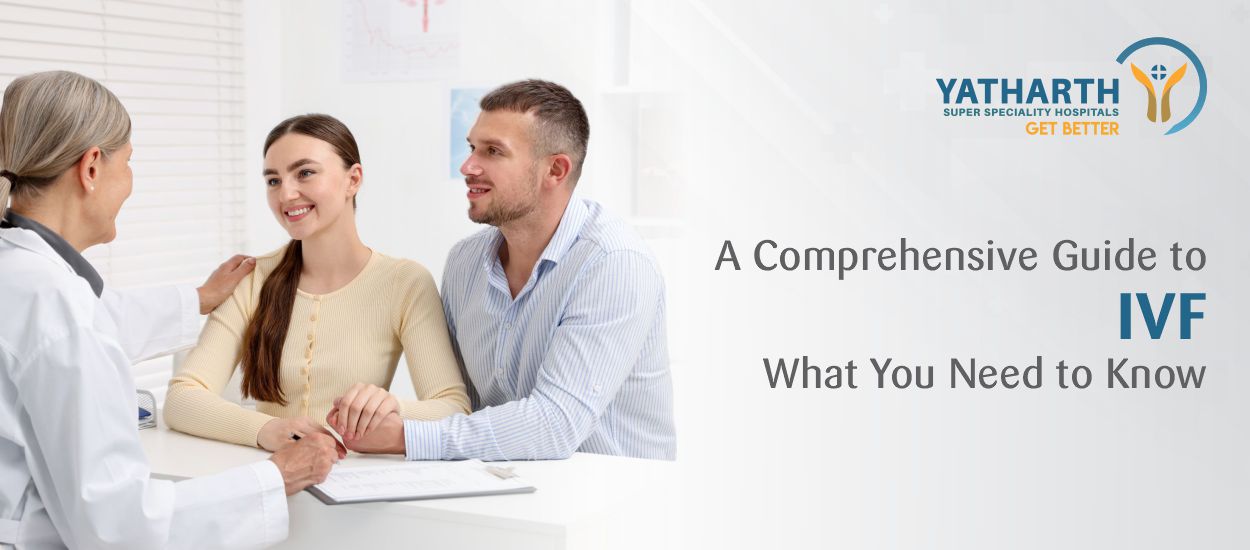
A Comprehensive Guide to IVF What You Need to Know
Table of Contents
IVF is a powerful tool for couples struggling with infertility. It is often recommended by the fertility specialist when other fertility treatments have not yielded success. The process begins with the stimulation of the ovaries to produce multiple eggs. These eggs are then retrieved, typically through a minor surgical procedure. In the laboratory, the eggs are fertilized with sperm, and the resulting embryos are closely monitored. Finally, one or more embryos are transferred into the uterus to establish a pregnancy.
Preparing for IVF is a crucial step that involves thorough evaluation and planning. It starts with a comprehensive medical assessment of both partners to identify any underlying issues that may affect the procedure's success. For women, this assessment includes assessing ovarian reserve and the condition of the uterus. Men undergo semen analysis to evaluate sperm quality.
Couples are often advised to make lifestyle changes that may improve their chances of success. This can include maintaining a healthy diet, exercising regularly, managing stress, and avoiding substances like tobacco and excessive alcohol.
The IVF treatment cycle is meticulously orchestrated to maximize the chances of success. It consists of several key stages:
Ovarian Stimulation: Hormonal medications are prescribed to stimulate the ovaries to produce multiple eggs. Regular monitoring through blood tests and ultrasounds ensures the eggs are developing appropriately.
Egg Retrieval: Once the eggs reach the optimal stage of development, a minor surgical procedure is performed to retrieve them from the ovaries. This procedure is typically done under anaesthesia.
Fertilization: In the laboratory, the retrieved eggs are combined with sperm to facilitate fertilization. Different methods can be used, including conventional insemination and Intracytoplasmic Sperm Injection (ICSI), depending on the specific circumstances.
Embryo Culture: The resulting embryos are cultured in a controlled environment and closely monitored. Embryos are typically cultured for a few days before transfer.
Embryo Transfer: One or more viable embryos are selected for transfer into the uterus. This is a relatively simple and painless procedure, often done without anaesthesia.
Potential Challenges and Success Factors
While IVF has given countless couples the gift of parenthood, it's essential to acknowledge that success is not guaranteed, and the journey can be emotionally challenging. Several factors can influence the outcome:
Age: Female age is a critical factor in IVF success. Younger women tend to have higher success rates.
Underlying Health Conditions: Certain medical conditions, such as polycystic ovary syndrome (PCOS) or endometriosis, can impact IVF success.
Lifestyle Factors: Smoking, excessive alcohol consumption, and obesity can negatively affect IVF outcomes.
Number and Quality of Embryos: The number and quality of embryos available for transfer significantly affect success rates.
Emotional Resilience: IVF can be emotionally taxing. Couples should be prepared for the ups and downs of the process and consider seeking emotional support when needed.
A successful IVF cycle often leads to pregnancy, but the journey doesn't end there. Pregnancy after IVF is monitored carefully to ensure a healthy outcome. Multiple pregnancies, although more common with IVF, can come with increased risks, so close medical supervision is essential.
The post-IVF phase also involves decisions about freezing and storing any remaining embryos for future use or donation. Couples may also face choices regarding prenatal testing and managing potential pregnancy complications.
IVF is a remarkable medical advancement that has transformed the lives of many couples struggling with infertility. This comprehensive guide has provided an overview of IVF, from its basic principles to the preparation, treatment cycle, potential challenges, and the journey that follows a successful cycle. While IVF offers hope, it's essential to approach the process with a realistic understanding of the factors that can influence outcomes and to seek support when needed. Ultimately, IVF has the potential to fulfil the dream of parenthood for those who embark on this remarkable journey.
1. What is IVF, and how does it work as a fertility treatment?
IVF, or In Vitro Fertilization, is a fertility treatment that involves the retrieval of eggs and sperm, their fertilization outside the body in a laboratory, and the subsequent transfer of resulting embryos into the uterus to establish a pregnancy.
2. Who is a suitable candidate for IVF, and when should someone consider it?
Suitable candidates for IVF often include couples facing infertility due to various factors, such as blocked fallopian tubes, male infertility issues, unexplained infertility, or advanced maternal age. It's typically considered when other fertility treatments have not been successful.
3. Are there age limitations for individuals seeking IVF treatment?
While there isn't a strict age limit for IVF, success rates tend to decrease with advancing maternal age, particularly after the age of 35 to 40.
4. What steps are involved in an IVF treatment cycle, from start to finish?
An IVF treatment cycle typically involves ovarian stimulation, egg retrieval, fertilization of eggs with sperm, embryo culture, and embryo transfer into the uterus.
5. How long does an average IVF treatment cycle take, and what is the timeline?
The duration of an IVF treatment cycle varies but generally spans about two to six weeks, depending on the specific protocol and individual circumstances.
6. What are the potential risks and side effects associated with IVF?
Potential risks and side effects of IVF may include ovarian hyperstimulation syndrome (OHSS), multiple pregnancies (e.g., twins or triplets), and emotional stress due to the emotional toll of the process.
7. What factors can affect the success rate of IVF, and how can one maximize their chances of success?
Success rates can be influenced by factors like the woman's age, the cause of infertility, the number and quality of embryos, and lifestyle factors such as smoking or obesity. To maximize success, maintaining a healthy lifestyle and following medical advice are crucial.
8. What should couples expect during the embryo transfer procedure, and is it painful?
The embryo transfer procedure is typically painless and is often done without anaesthesia. It's a relatively quick and straightforward process.
9. What is the cost of IVF, and are there financial assistance options available?
The cost of IVF can vary widely depending on the clinic, location, and specific treatment protocols. Financial assistance options may be available, including insurance coverage and fertility grants.
10. What happens if the first IVF cycle is unsuccessful, and how many cycles may be needed to achieve pregnancy?
If the first IVF cycle is unsuccessful, it's essential to consult with your healthcare team to analyze the reasons for the failure and consider adjustments to the treatment plan. The number of IVF cycles needed varies for each individual or couple and depends on factors like age, diagnosis, and response to treatment.
